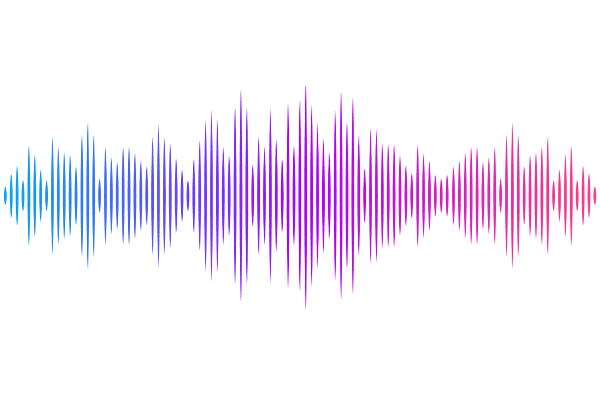Signaling and Mechanics influence the number and size of epithelial rosettes in the migrating zebrafish Posterior Lateral Line primordium

Signaling and Mechanics influence the number and size of epithelial rosettes in the migrating zebrafish Posterior Lateral Line primordium
Mukherjee, A.; Hilzendeger, M.; Rinvelt, A.; Fatma, S.; Schupp, M.; Dalle Nogare, D.; Chitnis, A.
AbstractProtoneuromasts are formed within the migrating primordium, starting from its trailing end as clusters of cells apically constrict and form epithelial rosettes. Their formation is promoted by FGF signaling centers that form periodically in the wake of a shrinking Wnt active domain that inhibits epithelial rosette formation. However, the precise number and size of epithelial rosettes is influenced by the balance of mechanical interactions that promote or oppose formation of epithelial rosettes. When migration of leading cells is selectively compromised, slowing of the primordium is accompanied by the fusion of some epithelial rosettes to form fewer larger rosettes. Conversely, selective slowing of trailing cells results in splitting of previously formed rosettes to form smaller ones. These observations can be accounted for by mechanics-based models, where local interactions associated with apical constriction and cell adhesion promote clustering and formation of rosettes, while tension along the length of the primordium, influenced by the relative efficacy of leading and trailing cell migration, opposes such aggregation. We describe the development of Agent-based and Cellular Potts models that illustrate how the relative speed of leading versus trailing cells, as well as changes in cell adhesion and mechanical coupling, differentially regulated by Wnt and FGF signaling, can influence the pattern of neuromast formation and deposition by the migrating primordium. Our studies illustrate how signaling and mechanics together influence morphogenesis in the migrating primordium.